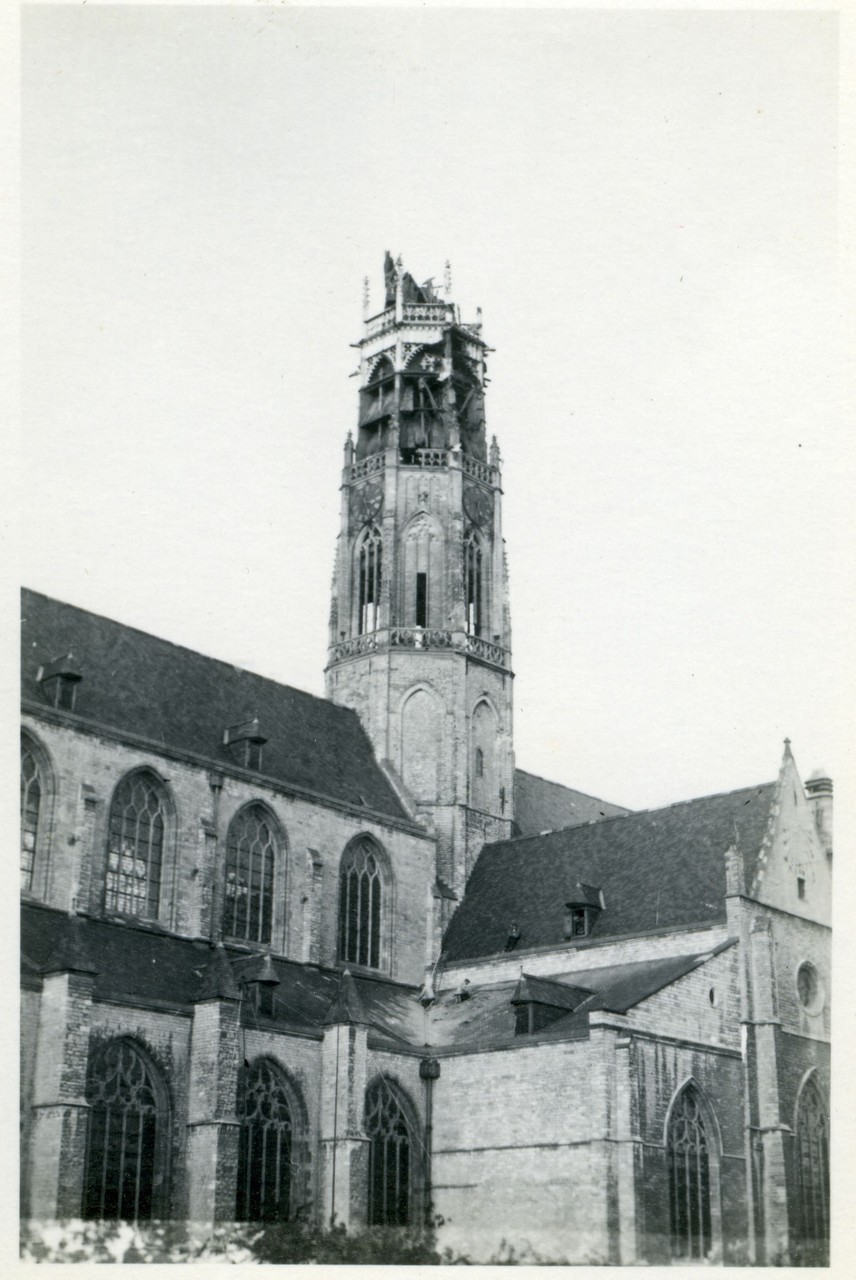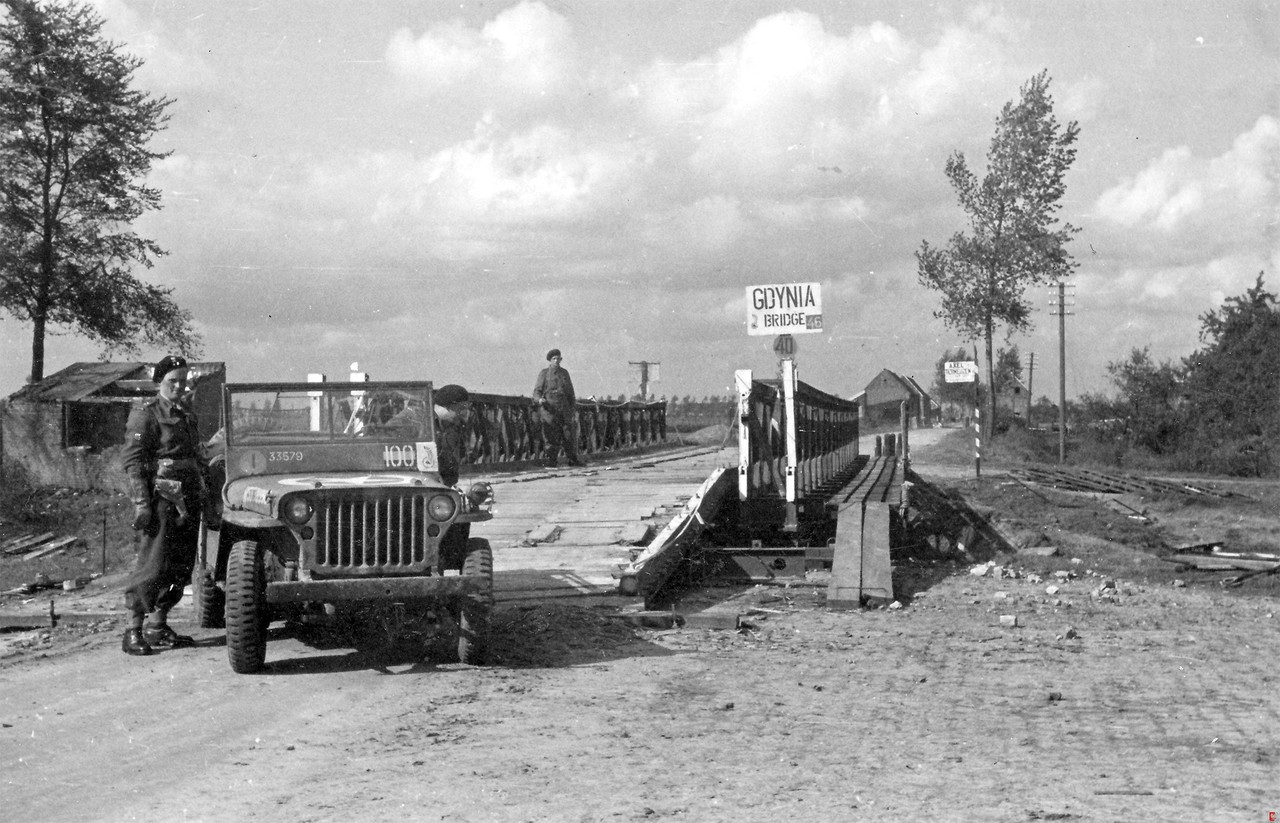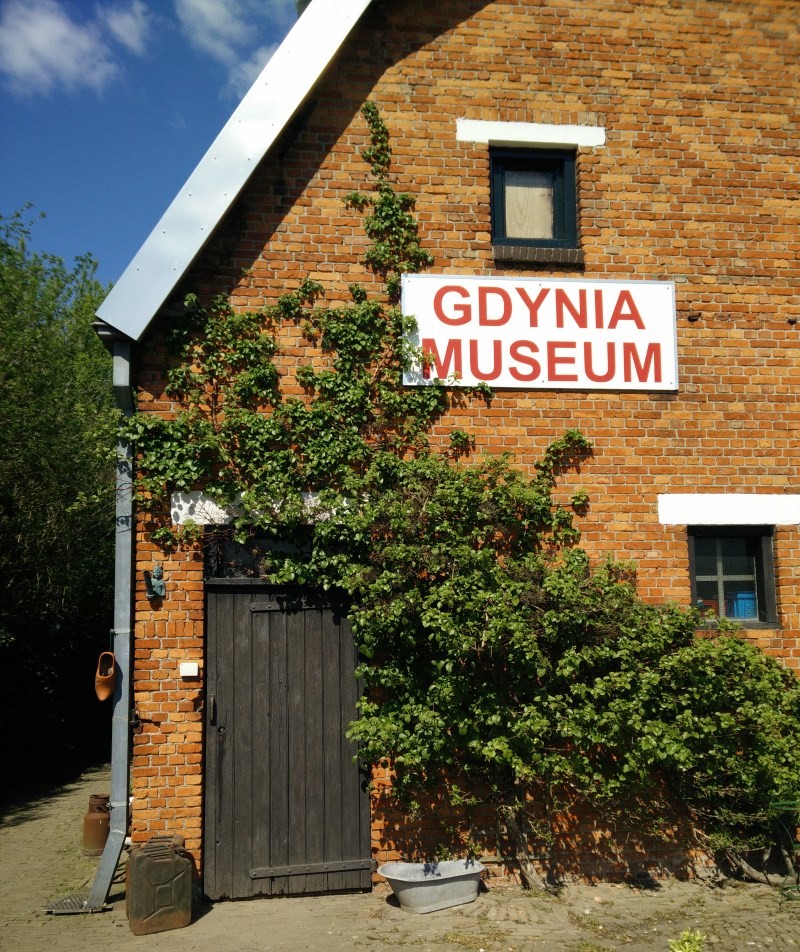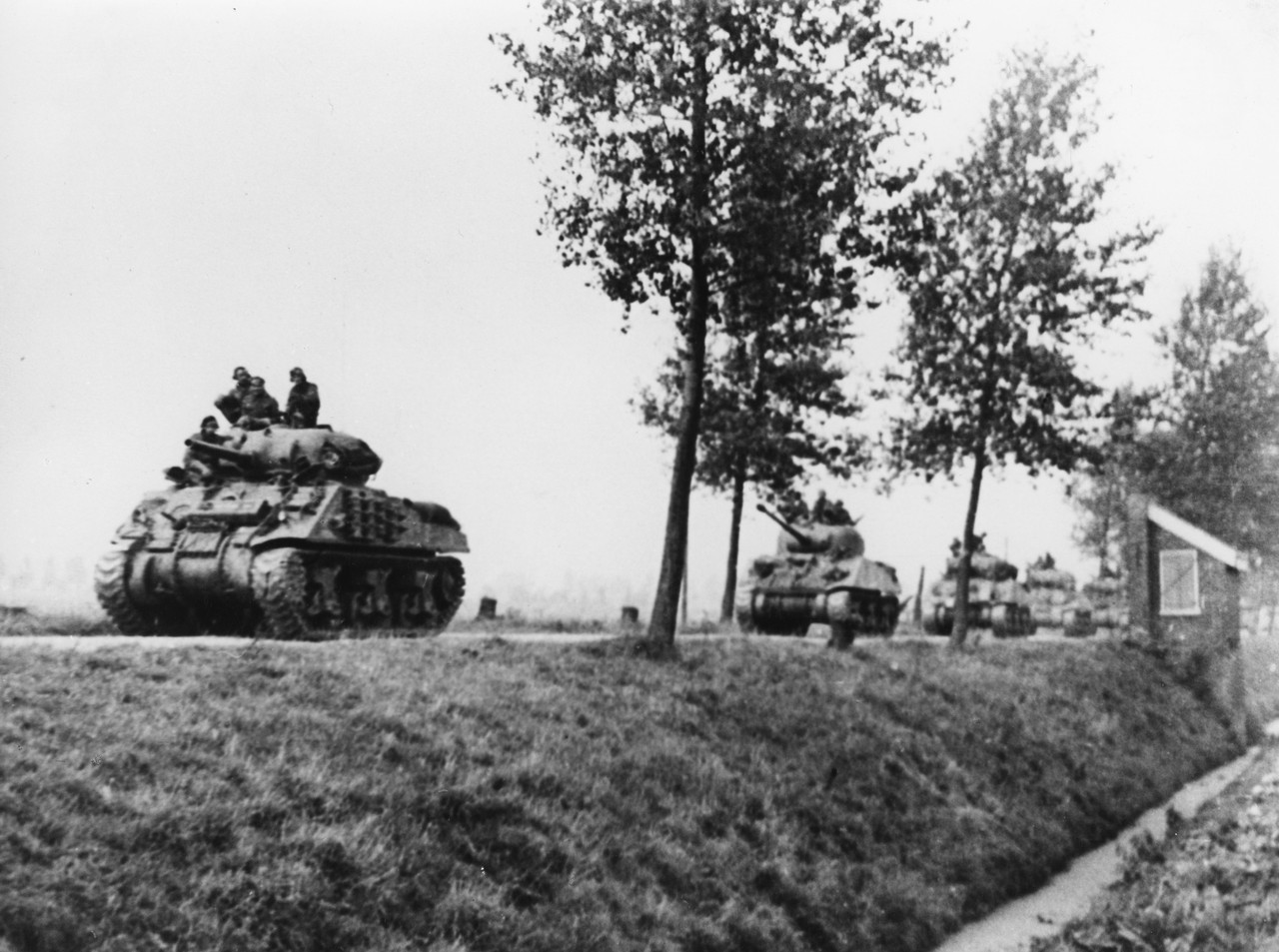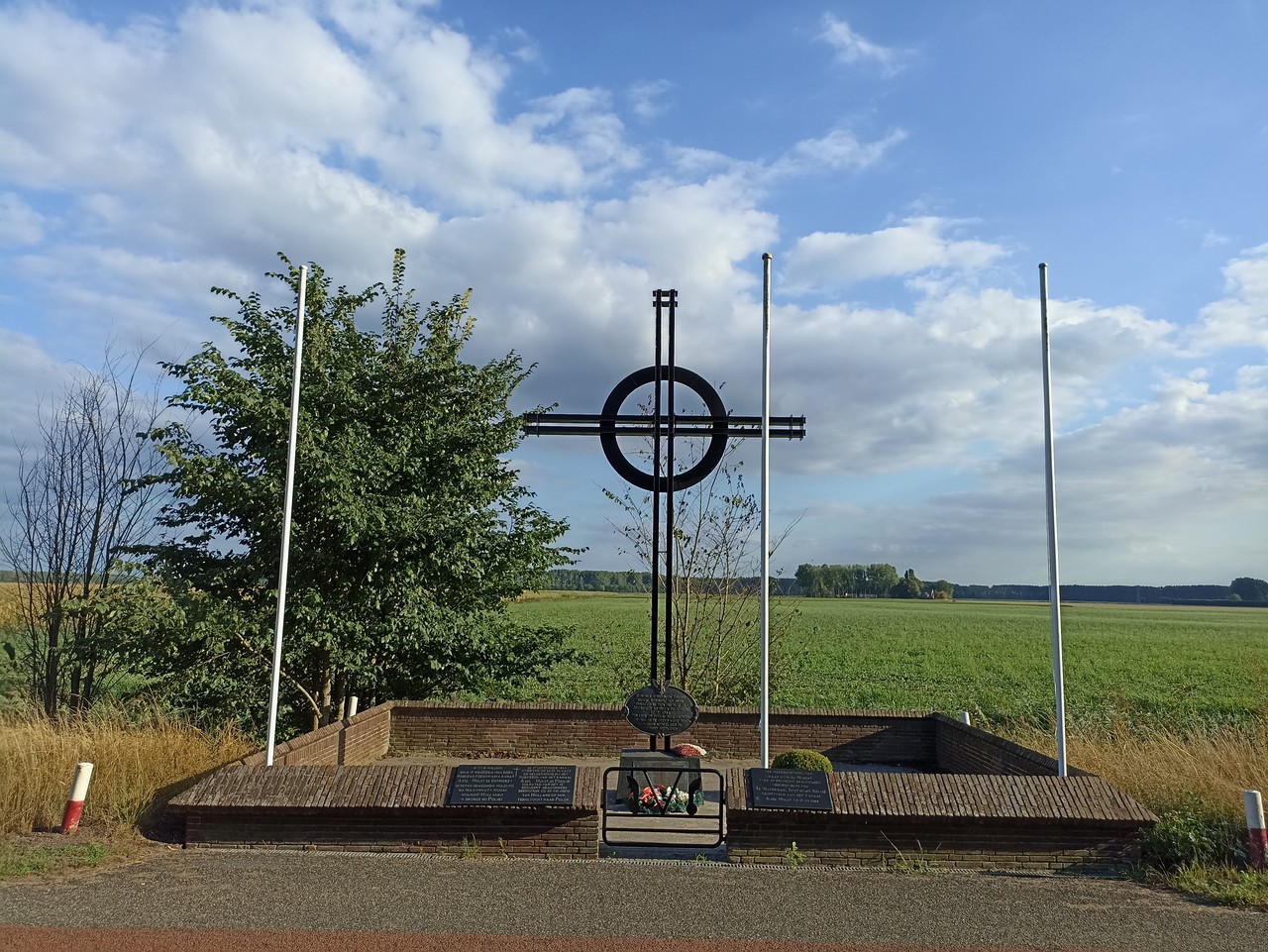Saint Willibrordus basilica
The Netherlands
Bookmark
Plan
Share
Directions
The first Allied soldiers entering Zeeland on September 16, 1944, were Polish and part of the First Canadian Army. They entered Zeeland via eastern Zeeuws-Vlaanderen. For three days, the crossing of the Axel-Hulst channel was the subject of a fierce battle. The German defenders observed the canal from, among other locations, the 60-meter-high tower of the Hulst basilica.
This was a perfect viewpoint, overlooking the east of Zeeuws-Vlaanderen and the Scheldt estuary. The German soldiers carved a swastika in the floor and wrote Nazi texts on the walls. The wooden tower was an important target for the Allies, but it proved difficult to hit. It took twenty direct hits for the spire to collapse.
A competition was written out for a new spire in 1950 and 1953. The design of the, at the time unknown, architect Jan Brouwer was deemed the best. Brouwer had devised a contemporary spire, “a symbol of the city in the landscape”. The German inscriptions were preserved as a memento.
Address
Grote Markt, Hulst






